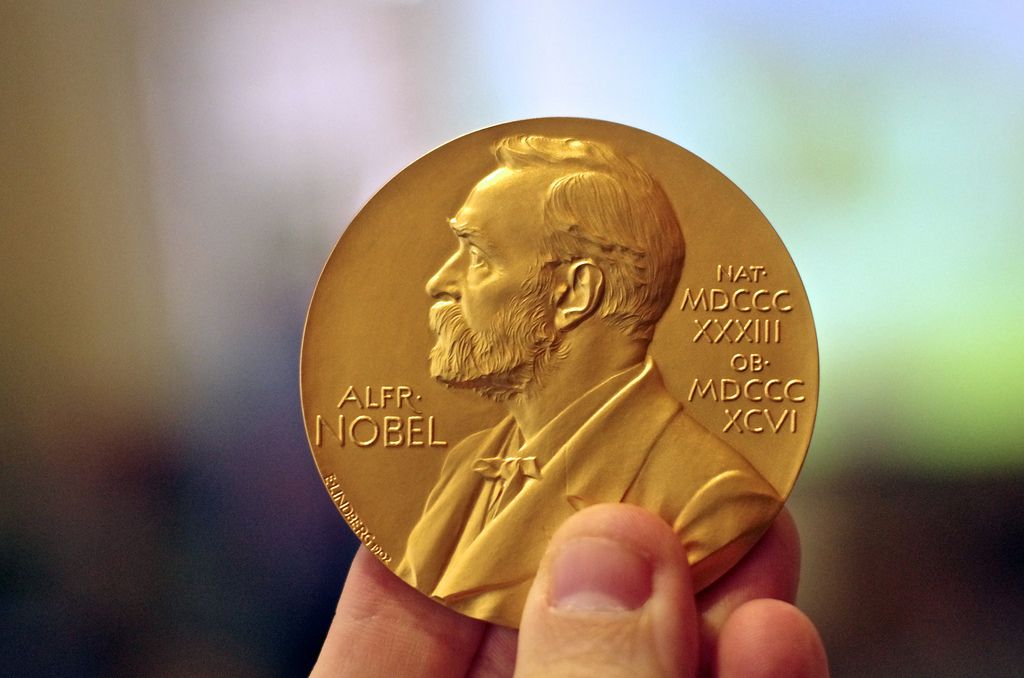Do Nobel Prizes perpetuate sexism within science?
This year the names of the Nobel Prize winners were released, and yet again no females were commended in any category. In this way, I believe that the Nobel committee have served to perpetuate the issue of underrepresentation of females in the STEM community and beyond. Understandably this has caused the public to question the impartiality and fairness in the process of awarding Nobel prizes. Ever since the first awards in 1901, only five percent of Nobel Prize winners have been women. Only 17 women have been awarded a Nobel prize in a science category, the last being in 2009. Whilst diversity in STEM is promoted and female participation is always encouraged, the Nobel Prize remains the most prominent glass ceiling in the world of science.
A Nobel prize is not just any award to a researcher. It is truly a universal symbol of excellence recognising the life’s work of the recipient. Failure to celebrate the contributions of women goes against the principles of objectivity and openness which are inherent in any field of research. The Nobel Prize committee, responsible for awarding Nobel prizes, has expressed “concern” over the lack of female winners, and said it hopes to see a change “in five years, 10 years” but I think that these statements will only help to bury the issue for another decade.
Failure to celebrate the contributions of women goes against the principles of objectivity and openness which are inherent in any field of research…
Nobel Museum curators told the BBC that they had no evidence that the committee was purposefully awarding the Nobel Prizes to men and not women. However, these words do little to explain the overwhelmingly large proportion of male Nobel Prize recipients whilst many of the highly qualified and deserving women aren’t rewarded for their ground-breaking research and contributions to the science field.
The unacceptably low numbers of females receiving Nobel prizes in science highlights the underlying problem in the science sector. The issue is not that men are achieving the awards. It is perfectly acceptable and possible to celebrate the achievements of scientists who achieve the Nobel Prizes and address the lower recognition of female scientists which is something seen wholly in the STEM sector.
It is an issue since female scientists are not receiving their due recognition…
The fault might lie in the intrinsic process of choosing Nobel Prize recipients where currently there are three main criteria. The first requirement is that laureates are not nominated posthumously. This presents issues in terms of measuring the impact of the work that researchers do, including female researchers. Nobel Prizes are awarded to discoveries that are not only ground-breaking but also have a significant impact on their field of study. This means that Nobel prizes are often awarded a few years after the discovery is made. This makes the lifespan of scientists a key factor in determining whether they receive the deserved recognition or not.
Secondly, the lists of people nominated for the prizes are kept confidential for 50 years by the Nobel Prize Committee. Whilst existing archival records of nominated researchers indicate a somewhat small rise in the number of females being nominated, these records are too old to reflect the current situation. This renders it impossible to gather whether, there are less women being nominated or whether they are not being chosen for the award despite being nominated. Either way, it is an issue since female scientists are not receiving their due recognition, but having the list of nominees would aid in pinpointing the exact causes of this widespread concern in the STEM sector.
This rule simply does not reflect the nature of modern-day scientific research which excels due to its strong focus on collaboration…
Finally, each prize cannot be shared by more than three people. This rule simply does not reflect the nature of modern-day scientific research which excels due to its strong focus on collaboration, be it between countries or between academic departments. Most papers, especially in physics, have more than three authors. To give an example, research papers on particle physics tend to have hundreds of authors due to the large volumes of data required to be interpreted. In such cases, the contributions of all members of the team are equally crucial to the discovery. It should therefore be possible to award Nobel Prizes to research groups so that teamwork and everybody’s equally vital input is rewarded.
The rules for awarding Nobel Prizes do not go well with the modern-day approach to conducting scientific research where due to greater collaboration and complexity of research, it can take a long time before a thorough understanding of the impact and applications of research is attained. Maria von Konow, communications manager for Nobel Media, noted that it is possible to change the criteria of Alfred Nobel’s will and the Swedish Academy of Sciences. The Nobel Foundation statute has a procedure for doing so but so far, no such initiatives have been taken, at least publicly.
It is equally important to ensure female scientists and researchers feel a part of the scientific community…
To improve the representation of females in the scientific community, in addition to encouraging more women to pursue careers in the sciences, it is equally important to ensure female scientists and researchers feel a part of the scientific community. Whether it be it due to sexism or unconscious biases that both men and women might have, it is imperative that women do not doubt their abilities. And for a dose of motivation, women can always turn to Marie Curie who, being a woman, has been the only individual to win a Nobel Prize in two different disciplines, chemistry and physics.

Comments